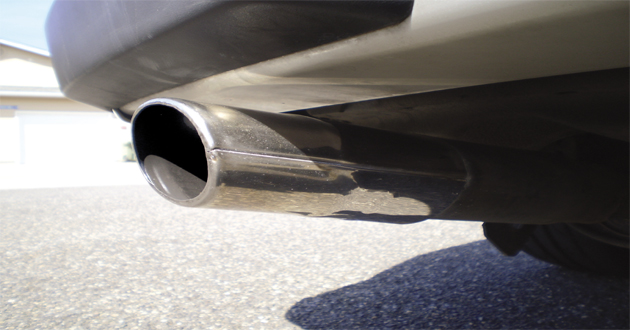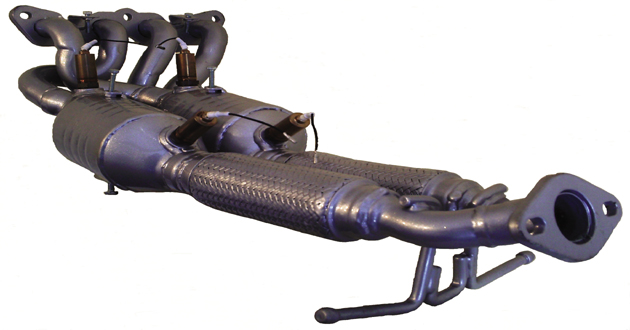
Although, we’re delivering this message in a slightly unusual way, the purpose of this article is to ultimately get you to think differently about the way modern catalytic converters and DPFs work. With that in mind I’d like you to consider how you treat the women in your life.
At this stage, I’d just like to point out that I am in no way looking to cast aspersions on any of PMM’s male – and female – readership, but with a wife and two teenage daughters at home, I’ll talk with my own experiences in mind.
I’m sure many of you are asking what on earth the modern catalytic converter has in common with the fairer sex. Well, as most of us will know, if we treat a woman with kindness, respect and appreciation, she will give us years of happiness. Upset her, however, and we all know the consequences… Put simply: catalytic converters and DPFs are no different!

How does it function?
Putting the aforementioned metaphors to one side for a minute, it doesn’t take a brain surgeon to work out how a catalytic converter functions. In essence, it is a pretty simple part with no moving or electrical components that can go wrong. That being said, it is a highly sensitive component, meaning the smallest of engine faults can either potentially damage the cat/DPF or, if the problem is not diagnosed correctly, the cat can be killed completely.
It is an integral part of the emission system, which has been designed for the life of the vehicle and, with a perfectly running and well maintained vehicle, should not create any problems. There are, however, a range of problems that can easily develop into a serious emissions issue.
The main issue that we regularly encounter with catalytic converters comes in the form of the initial diagnosis. Many customers have phoned our technical helpline to advise us that the ‘cat below threshold’ fault description has been pulled. To the untrained eye, this initially suggests a problem with the catalytic converter, which is probably correct, but in the majority of cases this is simply the symptom and not the cause.
Our response is to advise technicians to investigate the fault a lot further, considering issues with the ignition system, coolant temperature switch or air leaks, to name a few. A fault with each of these can create over-fuelling and excess heat which will then create problems with the cat.
Additionally, keeping the car regularly serviced and using the correct grade of oil will pay dividends in the long run. The use of quality oil flush and petrol/diesel treatments can help the engine to continue running nicely as well as keeping the catalytic converter/DPF happy.
So remember, when faced with an emission system problem keep an open mind and consider all of the options. Upsetting the missus once is bad enough, but doing it twice is just plain careless!









